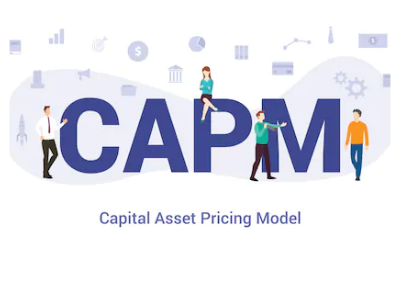Capital Asset Pricing Model
What is CAPM?
The Capital Asset Pricing Model (CAPM) represents the relationship between the expected return and the risk of Investing in security. The CAPM showcases the expected return on a security is equal to the risk-free return with a risk premium.
CAPM Formula
Expected Rate of Return= Risk-Free Premium + Beta* (Market Risk Premium)

Ra = Rrf + βa * (Rm – Rrf)
CAPM Calculation
The CAPM calculation work on the Basis of the following elements-
Talk to our investment specialist
Expected Return
The “Ra” symbol describes the expected return of the capital asset over time. The expected return is a long-term supposition on how an investment will work over the full duration.
Risk-Free Rate
The “Rrf” symbol is about the risk-free rate that should correspond to the country where the investment is made and the maturity of the bond should match the time of the investment.
Beta
Beta “Ba” in the CAPM formula is used to measure the Volatility of returns reflected by measuring the change of its price alters the overall market. In simple words, it is the stock sensitivity to the market risk.
Market Risk Premium
In the CAPM, the market risk premium describes the additional return over and above the risk-free rate that is required to repay the investors for investing in a riskier Asset Class.
Importance of CAPM
The CAPM is mainly used in the finance Industry and it is crucial for calculating the Weighted Average Cost of Capital (WACC). CAPM calculates the cost of equity, whereas WACC is extensively used in Financial Modelling. It is used to ascertain the net present value of the future cash flows of the investment. Further, its Enterprise Value is calculated and eventually, its equity value is calculated.
For instance, if an individual has Rs. 100 and two acquaintances would like to borrow Rs. 100 and both are Offering 5% return that means Rs.105 after a year. The choice would be to lend from the individual who is more likely to pay, i.e, carries less risk of Default. The exact concept is applied to the risk involved in securities.
The risk involved while assessing a particular stock is accounted in the capital asset pricing model formula with beta. For instance, if individual security with a beta of 1.5 would be as equally riskier than the market and a beta of 5 will have less risk in the market.
All efforts have been made to ensure the information provided here is accurate. However, no guarantees are made regarding correctness of data. Please verify with scheme information document before making any investment.












